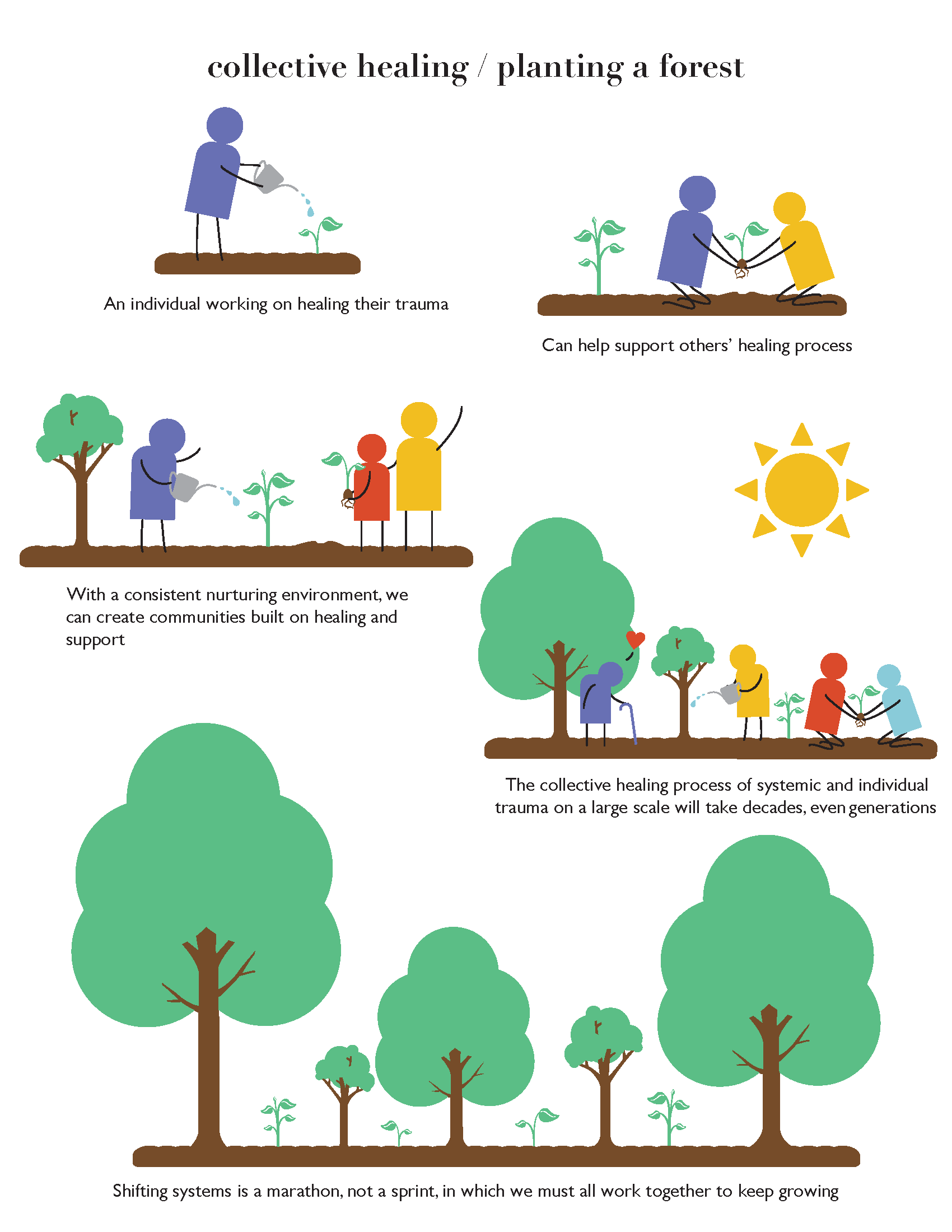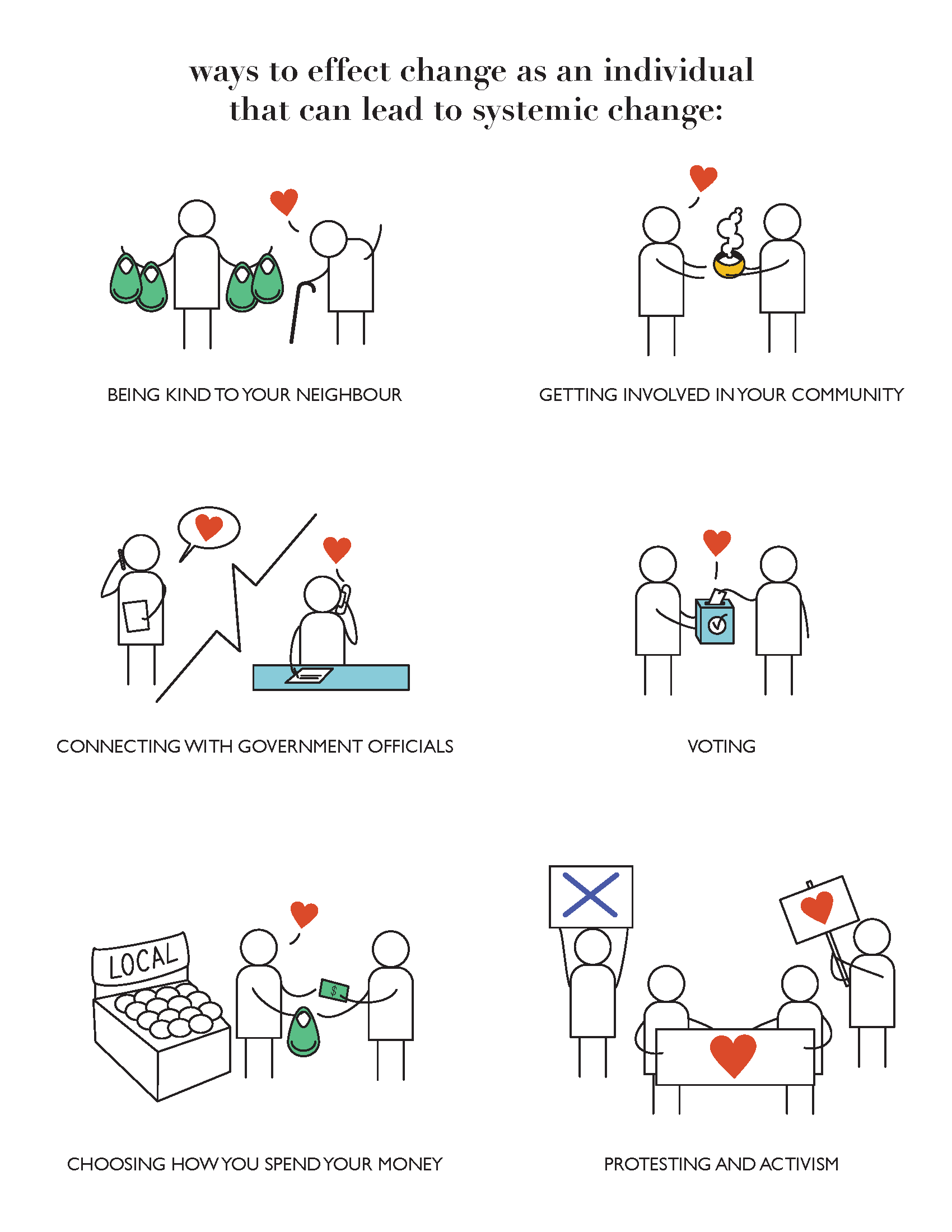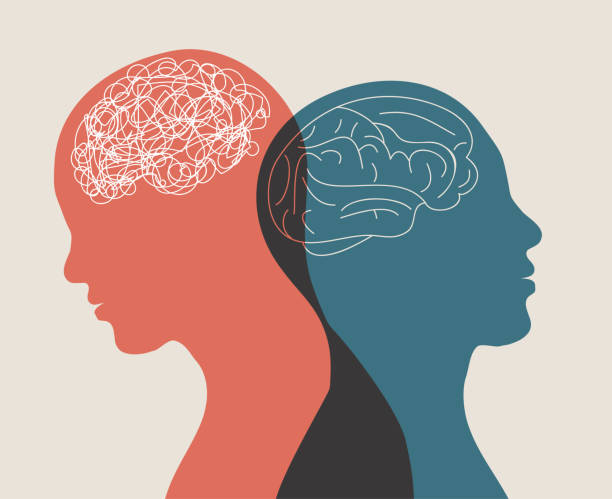Modern life can feel isolating. Despite our constant digital connections, many people report feeling lonelier than ever. At the same time, stress, anxiety, and burnout are at all-time highs. Against this backdrop, a fascinating shift has emerged in mental health: the rise of collective healing practices. From traditional group therapy to trendy breathwork workshops and sound bath meditations, people are increasingly turning toward community-based methods to soothe their minds.
Read More: The Psychology Belonging
What Is Collective Healing?
Collective healing refers to psychological and emotional practices that occur in a group context. Unlike individual therapy, which is focused on one-on-one interaction, collective healing emphasizes shared experience, social connection, and the amplification of healing energy within a group.

Traditional examples include group therapy, Alcoholics Anonymous meetings, or community support groups. More contemporary forms include yoga classes, breathwork circles, and immersive sound baths where participants lie down and experience vibrational sound waves together.
The concept is not entirely new. Anthropologists note that many cultures have long used ritual, song, and group ceremony for collective well-being (Durkheim, 1912/1995). What is new is the fusion of ancient practices with modern psychology and neuroscience—and the trendiness of it all.
The Psychology of Belonging
Humans are profoundly social. Decades of research confirm that belonging and connection are fundamental to psychological health (Baumeister & Leary, 1995). When individuals feel socially excluded, they experience not only emotional pain but also physical stress responses. Conversely, social inclusion and shared rituals increase well-being.
Group therapy harnesses these dynamics. Yalom and Leszcz (2020), pioneers in the field, argue that group settings provide “corrective emotional experiences,” where participants feel accepted and understood. Key therapeutic factors include:
-
Universality: Realizing “I am not alone” in my struggles.
-
Altruism: Helping others provides purpose.
-
Imitative behavior: Observing peers model coping strategies.
-
Cohesion: Belonging to a group is therapeutic in itself.
These mechanisms explain why people often feel lighter and more supported after group sessions compared to individual self-reflection.

Breathwork
One of the buzziest collective healing practices today is breathwork—structured breathing techniques often performed in groups. Popular forms include Holotropic Breathwork, developed by Stanislav and Christina Grof, and simpler guided rhythmic breathing sessions used in wellness workshops.
Why It Works
Breathwork influences the autonomic nervous system. Slow, deep breathing activates the parasympathetic nervous system, reducing stress hormones like cortisol (Zaccaro et al., 2018). Intense, rhythmic breathing can also induce altered states of consciousness, sometimes leading to cathartic emotional release.
In a group setting, synchronized breathing adds another layer: social entrainment. Studies on synchrony—when people move, sing, or breathe together—show that it fosters cooperation, bonding, and prosocial emotions (Valdesolo & DeSteno, 2011). Group breathwork participants often describe a sense of unity, as if their bodies and emotions are “in tune” with others in the room.
Sound Baths
Sound baths are immersive auditory experiences where participants typically lie on mats while facilitators play instruments such as gongs, singing bowls, or chimes. The idea is not to create “music” but to produce sustained vibrations that wash over participants.
The Science of Sound
Research on vibroacoustic therapy suggests that sound vibrations can reduce tension, lower heart rate, and induce meditative states (Garcia-Gil et al., 2021). Low-frequency sounds, in particular, may stimulate relaxation responses.
Psychologically, sound baths provide a safe, shared sensory immersion. Much like lullabies or chanting in spiritual rituals, group sound experiences evoke feelings of comfort and transcendence. For people burned out from digital noise, the analog simplicity of sound vibrations feels both novel and ancient.

The Trend Factor
Why are collective healing methods surging in popularity today? Several cultural and psychological factors converge:
- Loneliness Epidemic: Rising loneliness rates make people crave authentic in-person connection (Holt-Lunstad, 2021).
- Burnout Culture: After years of hustle mentality, people are seeking slower, more embodied ways to restore balance.
- Wellness Meets Spirituality: Millennials and Gen Z increasingly blend secular wellness with spiritual rituals. Breathwork and sound baths feel spiritual without being tied to rigid dogma.
- Accessibility: Group classes are often cheaper than one-on-one therapy, making them attractive alternatives.
- Social Media Visibility: Instagram-friendly sound baths or breathwork retreats look aesthetic and inviting, fueling trend cycles.
Benefits of Collective Healing
When practiced responsibly, collective healing offers unique benefits:
- Connection: Shared vulnerability reduces shame and isolation.
- Amplification of Emotion: Group settings intensify emotional release—crying or laughing together feels more cathartic than doing so alone.
- Accountability: Regular group meetings encourage commitment to growth.
- Embodiment: Breath and sound practices pull people out of overthinking and into bodily awareness.
Studies back up many of these claims. For example, Burlingame et al. (2016) found that group therapy is as effective as individual therapy for many conditions, including depression and anxiety. Similarly, Zaccaro et al. (2018) reviewed evidence that breathwork reduces stress and improves emotional regulation.
Limitations and Critiques
Of course, collective healing is not a cure-all. Critics note:
- Variable Evidence: While group therapy is well-studied, research on sound baths is still emerging, with many findings anecdotal.
- Safety Concerns: Intense breathwork can sometimes cause hyperventilation or trigger trauma memories. Skilled facilitation is crucial.
- Not Universally Comfortable: Some people feel inhibited in groups or may find sound/breath sessions overwhelming.
- Commercialization: The wellness industry often monetizes collective healing trends, raising concerns about accessibility and cultural appropriation.
In short, these practices are tools—not replacements—for professional mental health treatment when needed.
How to Try Collective Healing
For the curious, here are entry points into collective healing:
- Support Groups: Free or low-cost, these provide structured sharing around common struggles.
- Breathwork Workshops: Start with beginner-friendly guided sessions, often offered at yoga studios or wellness centers.
- Sound Baths: Look for local meditation centers. Bring a yoga mat and an open mind.
- Hybrid Retreats: Many retreats combine group therapy, breathwork, and sound healing into one immersive experience.
Conclusion
In a fragmented world, collective healing offers something we all crave: connection. Whether through the structured honesty of group therapy, the rhythmic unity of breathwork, or the vibrational immersion of sound baths, these practices tap into timeless psychological truths. Humans heal better together.
While the science is still catching up to the trend, early evidence suggests that collective healing is more than a fad. It is a reminder that sometimes the best medicine is not found in isolation, but in the presence of others—breathing, listening, and healing together.
References
Baumeister, R. F., & Leary, M. R. (1995). The need to belong: Desire for interpersonal attachments as a fundamental human motivation. Psychological Bulletin, 117(3), 497–529. https://doi.org/10.1037/0033-2909.117.3.497
Burlingame, G. M., Strauss, B., & Joyce, A. S. (2016). Change mechanisms and effectiveness of small group treatments. Annual Review of Clinical Psychology, 12, 581–611. https://doi.org/10.1146/annurev-clinpsy-021815-093035
Durkheim, E. (1995). The elementary forms of religious life (K. E. Fields, Trans.). Free Press. (Original work published 1912)
Garcia-Gil, M., Polo, M. T., & Puyana-Romero, J. (2021). Vibroacoustic therapy for stress reduction: A systematic review. Frontiers in Psychology, 12, 678123. https://doi.org/10.3389/fpsyg.2021.678123
Holt-Lunstad, J. (2021). Loneliness and social isolation as risk factors: The power of social connection in prevention. American Journal of Lifestyle Medicine, 15(5), 567–573. https://doi.org/10.1177/15598276211009454
Valdesolo, P., & DeSteno, D. (2011). Synchrony and the social tuning of compassion. Emotion, 11(2), 262–266. https://doi.org/10.1037/a0021302
Yalom, I. D., & Leszcz, M. (2020). The theory and practice of group psychotherapy (6th ed.). Basic Books.
Zaccaro, A., Piarulli, A., Laurino, M., Garbella, E., Menicucci, D., Neri, B., … & Gemignani, A. (2018). How breath-control can change your life: A systematic review on psycho-physiological correlates of slow breathing. Frontiers in Human Neuroscience, 12, 353. https://doi.org/10.3389/fnhum.2018.00353
Subscribe to PsychUniverse
Get the latest updates and insights.
Join 3,022 other subscribers!
Niwlikar, B. A. (2025, September 25). Collective Healing and 2 Interesting Forms of It. PsychUniverse. https://psychuniverse.com/collective-healing/



